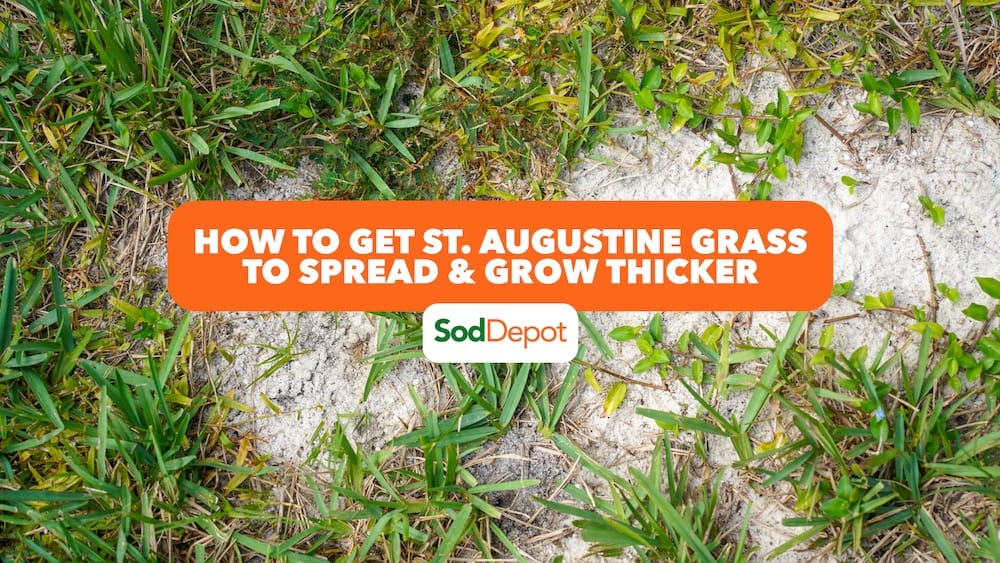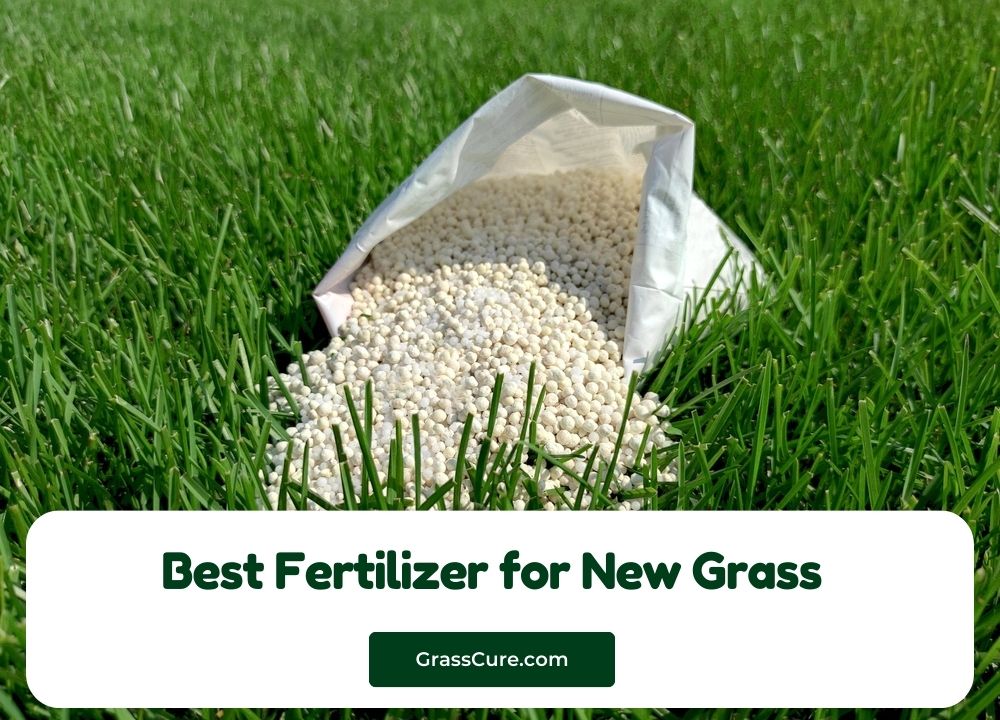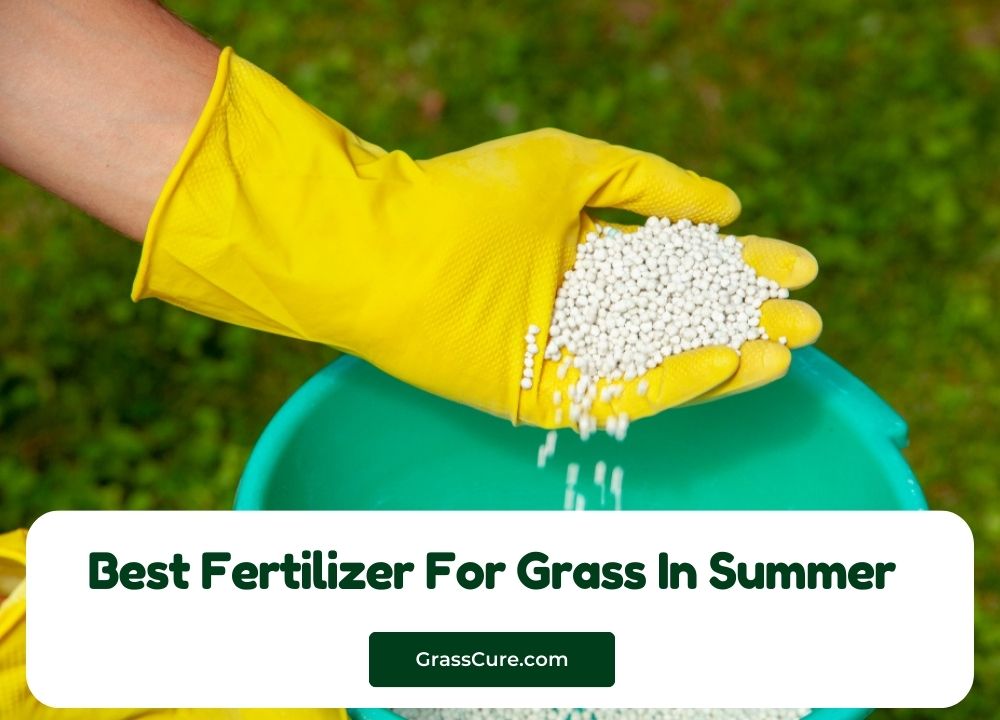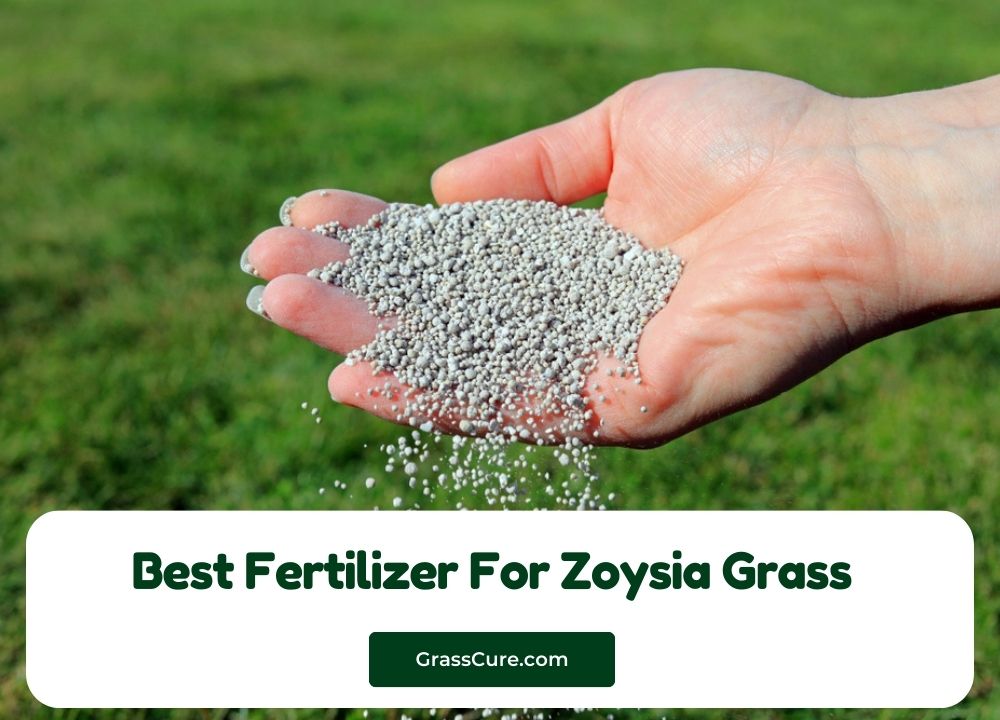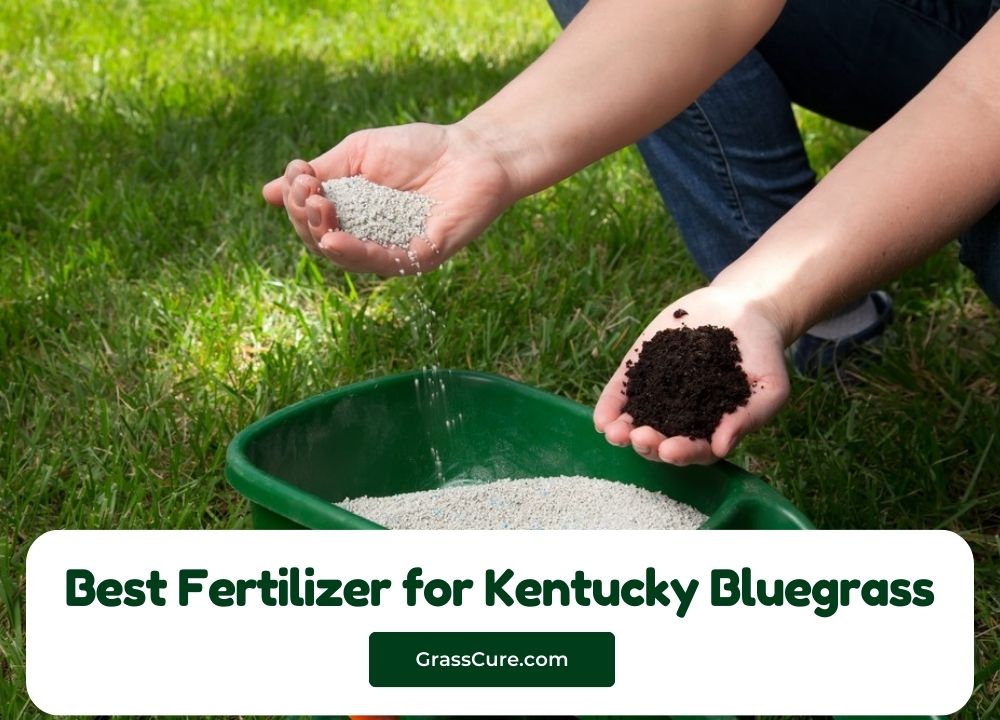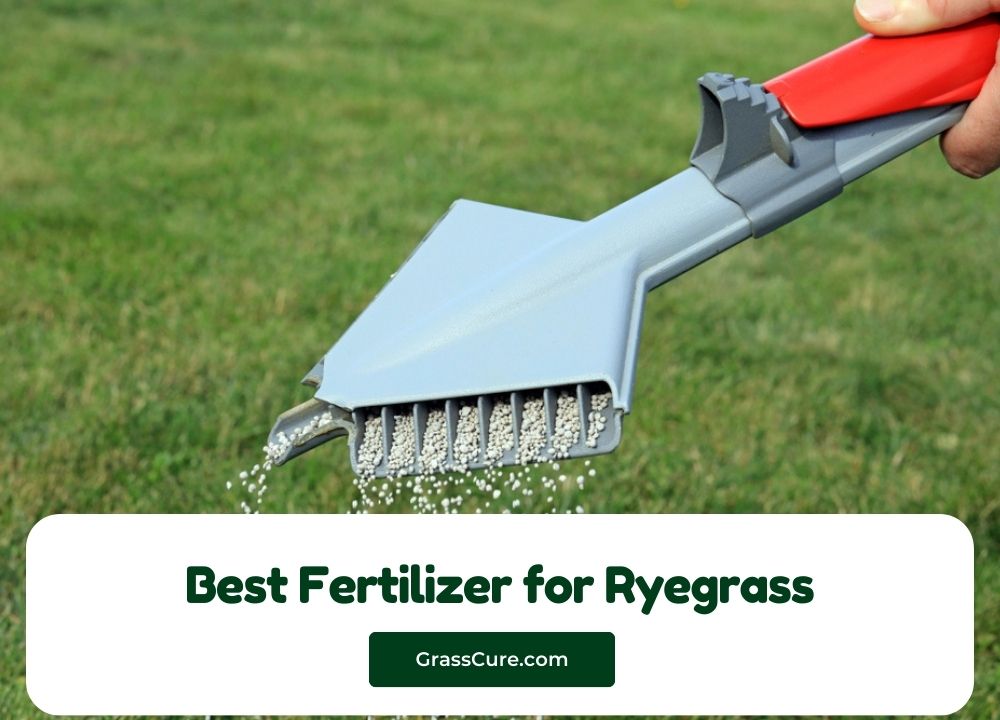Ever wonder why your grass isn’t as lush and vibrant as your neighbor’s? The secret might lie beneath the surface.
Choosing the best topsoil for your grass can transform your lawn from drab to dazzling. Imagine stepping onto a soft, green carpet every time you walk outside. Sounds inviting, right? The right topsoil does more than just support grass growth; it nurtures it, providing essential nutrients and creating the perfect environment for roots to thrive.
You deserve a lawn that turns heads and makes you proud. Dive into our guide to discover how the right topsoil can make all the difference, and unlock the secret to a lawn that everyone envies.
Contents
Choosing Quality Topsoil
Choosing quality topsoil for grass can transform a lawn’s appearance. It nurtures roots and supports healthy growth. Selecting the right topsoil ensures that the grass flourishes. This section will guide you in understanding what makes topsoil suitable for your lawn.
Importance Of Soil Composition
Soil composition plays a crucial role in grass growth. Good topsoil has a balanced mix of minerals and organic matter. It provides nutrients and retains moisture. The right composition prevents soil compaction, allowing roots to breathe. This encourages robust grass growth.
Organic Vs. Inorganic Options
Topsoil comes in organic and inorganic forms. Organic topsoil contains natural components like decomposed plant matter. It enriches the soil, enhancing nutrient availability. Inorganic topsoil often includes sand and clay. It provides structure but lacks natural nutrients. Understanding these options helps in choosing the best topsoil for grass.
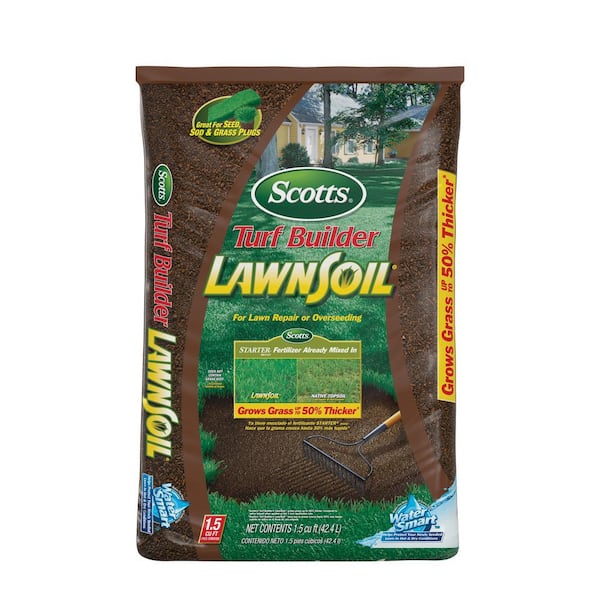
Credit: www.homedepot.com
Factors Influencing Grass Growth
Choosing the best topsoil for grass is vital for lush, green lawns. But what makes grass thrive or struggle? Several factors impact grass growth, and understanding them can transform your lawn into a verdant haven. Let’s explore these critical elements to ensure your grass grows strong and healthy.
Ph Levels And Nutrients
Your grass’s health heavily relies on the soil’s pH levels and nutrient content. pH measures the acidity or alkalinity of the soil, and most grass types prefer a pH between 6.0 and 7.0. If the pH is off, your grass might struggle to absorb essential nutrients.
Have you ever noticed your lawn looking dull despite regular watering? It could be due to nutrient deficiency. Adding organic matter or balanced fertilizers can boost nutrient levels, giving your grass the vital elements it needs to thrive.
Consider testing your soil’s pH and nutrient levels regularly. This simple step can help you tailor your topsoil choices to your lawn’s unique needs. Are you giving your grass the best foundation?
Drainage And Aeration
Good drainage ensures your grass isn’t sitting in waterlogged soil, which can lead to root rot. Observe your lawn after heavy rain. Does water pool in certain areas? This might indicate poor drainage.
Improving drainage can be as simple as adding sand or fine gravel to your topsoil mix. You might also consider creating slight slopes to guide excess water away from trouble spots. A well-drained lawn is less prone to disease and more resilient.
Aeration is equally important. Compact soil restricts air flow to roots, hindering growth. You can use a garden fork or aerator to make small holes in the soil, allowing air and nutrients to penetrate. How often do you aerate your lawn?
Each of these factors plays a crucial role in grass growth. By addressing them, you can enhance your lawn’s health and appearance. So, what steps will you take to give your grass the best chance to flourish?
Evaluating Topsoil Brands
Choosing the right topsoil can make a big difference for your grass. Different brands offer unique qualities and benefits. Selecting the best one depends on your grass type and soil needs. Understanding topsoil brands helps you make an informed decision.
Let’s dive into some popular brands and customer feedback.
Popular Brands In The Market
Several brands stand out for their quality topsoil. Scotts is a trusted name with a range of products. They offer enriched topsoil that’s ideal for grass growth. Miracle-Gro is another well-known brand. They provide nutrient-rich options for your lawn. The Yard Works and Black Kow brands also offer reliable topsoil. Each brand caters to different soil needs.
Examine their labels for specific ingredients and benefits. This helps you find the perfect match for your lawn.
Customer Reviews And Ratings
Customer reviews can provide valuable insights. Many users praise Scotts for its consistent quality. They often mention improved grass health and growth. Miracle-Gro receives positive feedback for its nutrient blend. Users report thicker, greener lawns with regular use. Black Kow is noted for its organic components. Customers appreciate its natural approach to lawn care.
Ratings and reviews highlight strengths and potential drawbacks. They help you make a confident choice for your topsoil needs.
Diy Topsoil Blends
Creating your own topsoil blend for grass can be rewarding. You tailor the mix to your lawn’s specific needs. DIY topsoil blends offer flexibility and control. This approach enhances grass growth and overall lawn health. Crafting a unique mix can boost soil quality and nutrients. It also helps in water retention and drainage. Understanding the process is crucial for successful results.
Creating Custom Mixes
Start by assessing your lawn’s needs. Determine if your grass requires better drainage or more nutrients. Choose ingredients like sand, clay, compost, and peat moss. Sand improves drainage, while clay retains moisture. Compost enriches the soil with nutrients. Peat moss enhances water retention. Mix these elements based on your lawn’s requirements. Experiment with ratios to find the best balance.
Tools And Materials Needed
Gather essential tools for mixing topsoil. You need a wheelbarrow, shovel, and rake. A wheelbarrow helps transport materials easily. Use the shovel for mixing and turning the soil. The rake ensures even distribution of the mix. Purchase quality materials like sand, clay, and compost. Opt for organic compost for better results. Have peat moss on hand for water retention. Gloves protect your hands during the process.
Application Techniques
Applying topsoil to your lawn is a crucial step in nurturing healthy grass growth. The right techniques can make all the difference in how well your lawn thrives. Let’s dive into some effective methods to ensure your grass gets the best start possible.
Even Distribution Methods
Achieving an even spread of topsoil is essential for uniform grass growth. Uneven distribution can lead to patchy areas, impacting your lawn’s appearance. Using a broadcast spreader is one reliable method; it ensures that the topsoil is evenly dispersed over the lawn.
Alternatively, you might find using a shovel and rake to be more hands-on. This method allows you to control the amount and placement of topsoil, ensuring no area is neglected. If you’ve ever found yourself frustrated with patchy grass, try adjusting your distribution technique for a smoother spread.
Timing For Optimal Results
Timing is everything when applying topsoil. Applying it during the growing season, typically spring or early fall, can maximize grass growth potential. During these periods, the grass is most responsive to nutrients and can establish strong roots.
Have you ever noticed how your lawn seems to flourish after a spring shower? This is because the moisture helps the topsoil settle and integrate with the existing soil. Consider applying topsoil right before a rain, or give it a gentle watering to help it blend seamlessly into your lawn.
Application techniques can make or break your lawn care efforts. How will you ensure your grass gets the best possible start? By focusing on even distribution and optimal timing, you can set the foundation for a lush, green lawn. Your grass deserves the best—make sure your topsoil application reflects that.

Credit: www.foxlandscapesupply.com
Maintaining Healthy Grass
Maintaining healthy grass involves more than just choosing the right topsoil. It requires ongoing care and attention to detail. Your lawn reflects the effort you put into nurturing it. When you understand your soil and take steps to enhance it, your grass thrives, rewarding you with a lush, green landscape.
Regular Soil Testing
Understanding your soil is crucial to maintaining healthy grass. Regular soil testing helps you identify nutrient deficiencies or pH imbalances. Think of it like a health check-up for your lawn. With the right information, you can make informed decisions about what your grass needs.
Consider testing your soil at least once a year. You can use DIY kits from garden centers or hire professionals for a more comprehensive analysis. This ensures you’re not guessing but rather taking precise actions. Imagine the difference a little insight can make—your lawn could transform with just a few tweaks.
Fertilizing And Watering Tips
Fertilizing at the right time is key to grass health. Early spring and fall are ideal, as they align with the grass’s growth cycle. Choose fertilizers with balanced nutrients; your grass needs a mix of nitrogen, phosphorus, and potassium.
Watering is another essential factor. Aim for deep watering sessions rather than frequent shallow ones. This encourages roots to grow deeper, making your grass more resilient. Have you ever noticed how your lawn responds to consistent care? It’s like magic—your grass becomes more vibrant and robust.
Maintaining healthy grass requires dedication, but the rewards are worth it. Are you ready to take your lawn care to the next level? Your grass awaits your touch!

Credit: www.absolutelawnpros.com
Frequently Asked Questions
What Is The Best Topsoil For Grass Growth?
The best topsoil for grass is nutrient-rich, well-draining, and loamy. It should contain a balanced mix of sand, silt, and clay. A pH level between 6. 0 and 7. 5 is ideal. This type of soil provides essential nutrients and supports healthy root development, ensuring lush, green grass.
How Do I Choose Topsoil For My Lawn?
Choose topsoil that is dark, crumbly, and free from debris. It should retain moisture but drain well. Avoid topsoil with a high clay content, as it can compact and hinder root growth. Testing the soil’s pH level can also help ensure it suits your grass type.
Can I Use Garden Soil For Growing Grass?
Garden soil can sometimes be used for grass, but it’s not ideal. It often lacks the correct balance of nutrients and drainage. Garden soil may compact easily, hindering root growth. For optimal results, use specially formulated lawn topsoil that promotes healthy grass development.
How Thick Should Topsoil Be For Planting Grass?
For planting grass, a topsoil layer of 4 to 6 inches is recommended. This depth provides sufficient nutrients and space for root growth. Ensure the topsoil is evenly spread and leveled to promote uniform grass coverage and healthy growth across your lawn.
Conclusion
Choosing the right topsoil boosts grass growth and health. Quality soil provides essential nutrients for vibrant lawns. Regularly check soil conditions for optimal results. Consider organic options for a sustainable garden. Proper topsoil prevents erosion and supports grass roots. Invest time in research before purchasing topsoil.
Healthy grass enhances outdoor spaces and property value. Remember, good maintenance keeps your lawn lush and green. Prioritize soil quality in your gardening efforts. A thriving lawn starts with the right topsoil choice. Happy gardening!
